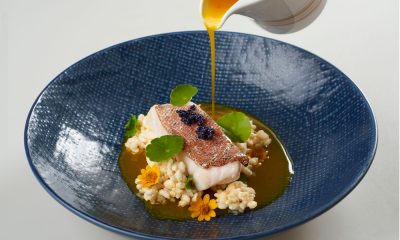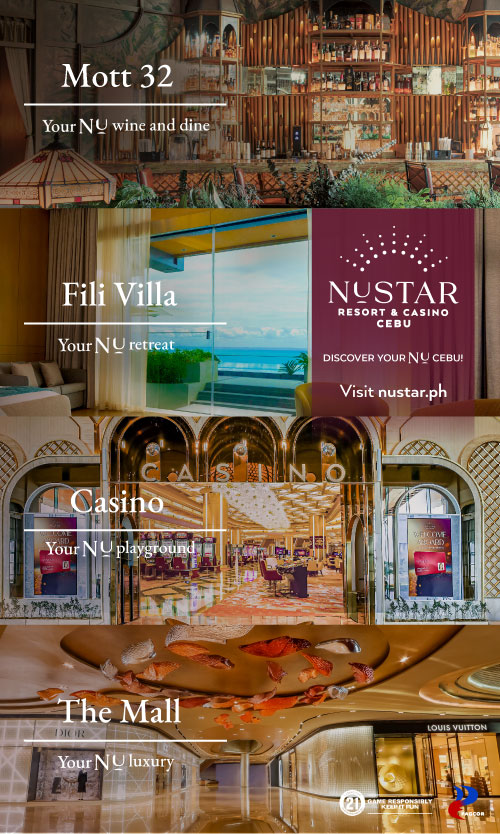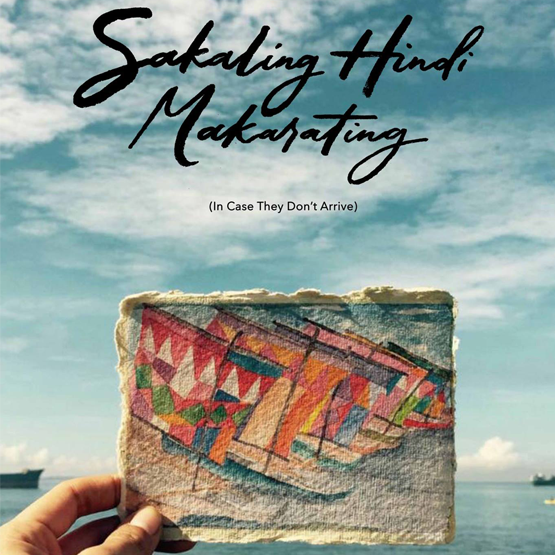Arts & Culture
Celebrate Grander this Sinulog 2020: A Traffic Guide
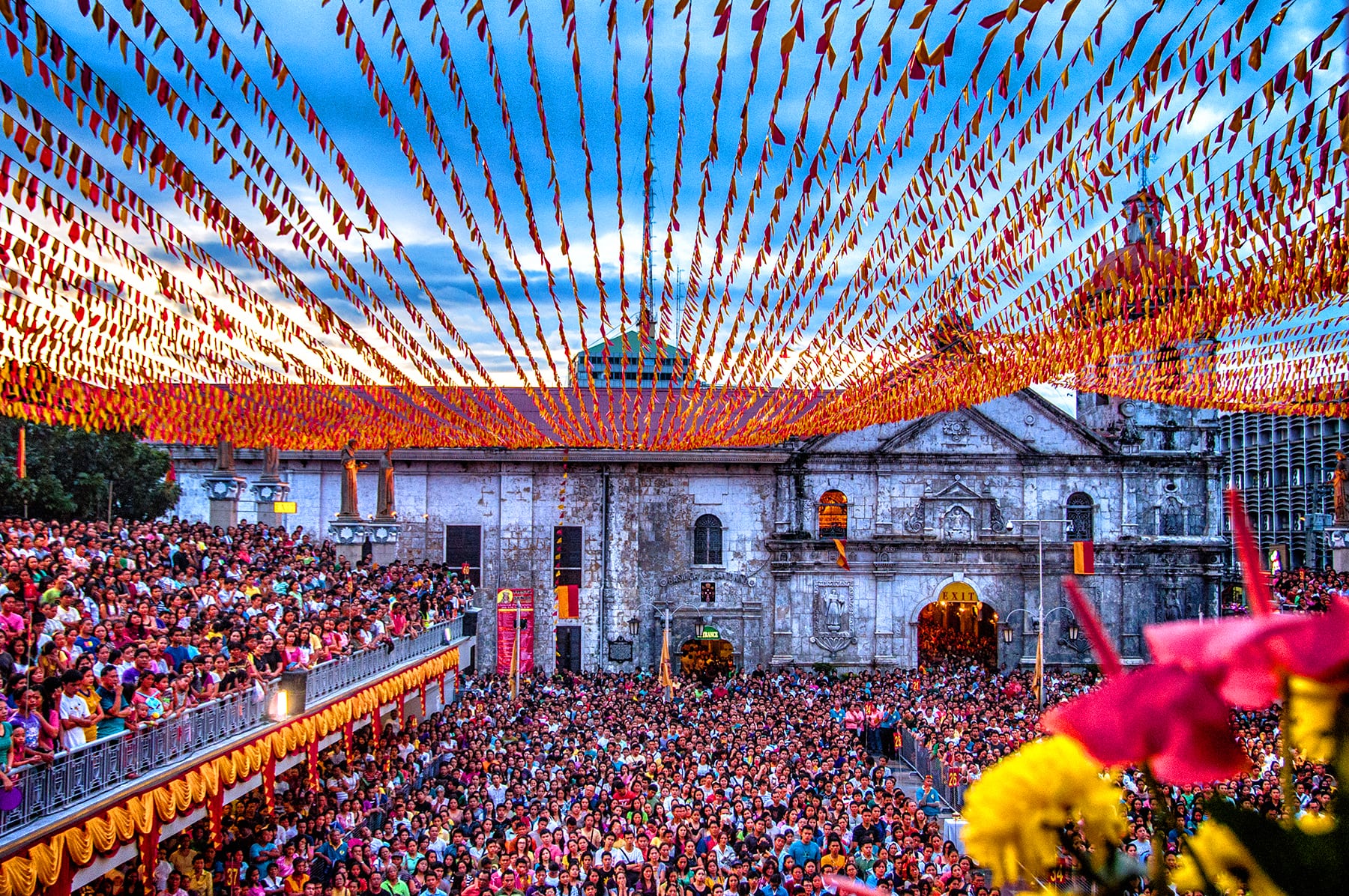
by Chrissy Grey Resaba
Alas! ‘Tis the season to be merry once again for Cebuanos. Cebu holds the record of being the city that celebrates Christmas the longest because it ends until the third of week of January. With that being said, the Queen City of the South becomes colorful and cheerful as Ceabunos revel the grandest festival in the Visayas and of the Philippines – the Sinulog Festival.
Sinulog Festival is celebrated every third Sunday of January to give honor to Snr. Sto. Niño, the patron saint of Cebu. This festival as well can be celebrated in two ways: solemn activity and cultural festivity.
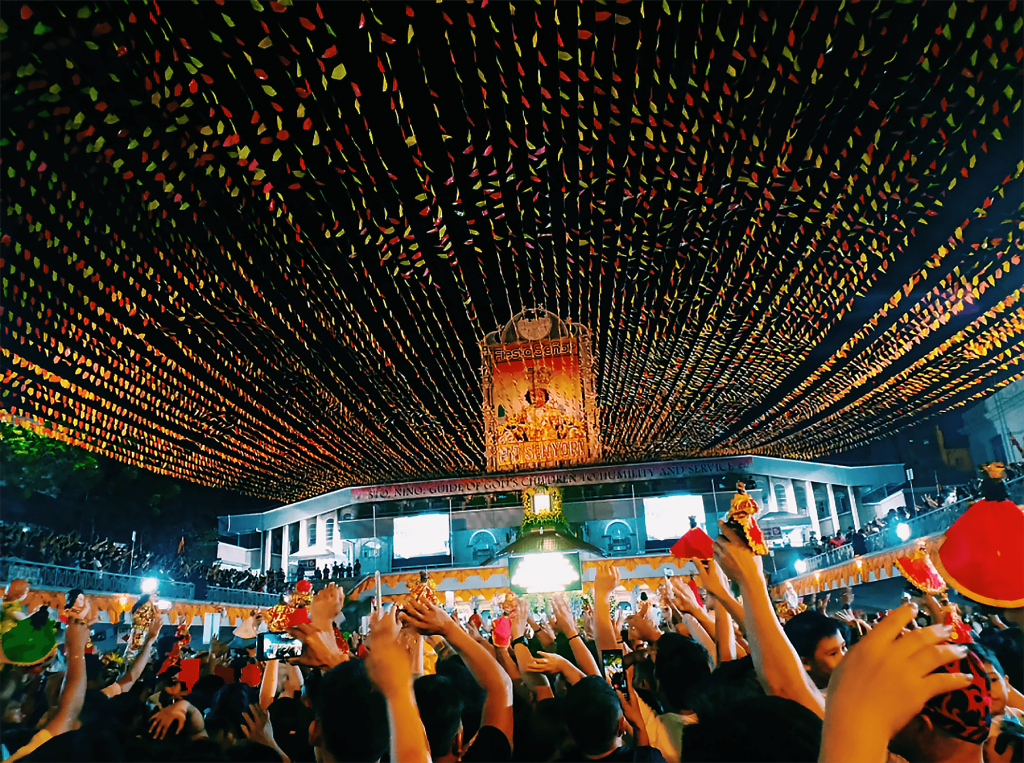
Devotees from all ages and walks of life flock to Basilica Minore Del Santo Niño de Cebu to zealously attend the novena mass for nine days in the hopes of having their wishes be granted by the Holy Child Jesus. The novena holds masses plenty everyday until 7:00 in the evening ending with a traditional Sinulog dance. The first day of novena starts with Walk with Jesus procession and the last day ends with Walk with Mary together with Sto. Niño in which both routes begin in Fuente Osmeña Circle to the Basilica during the dawn of the day.
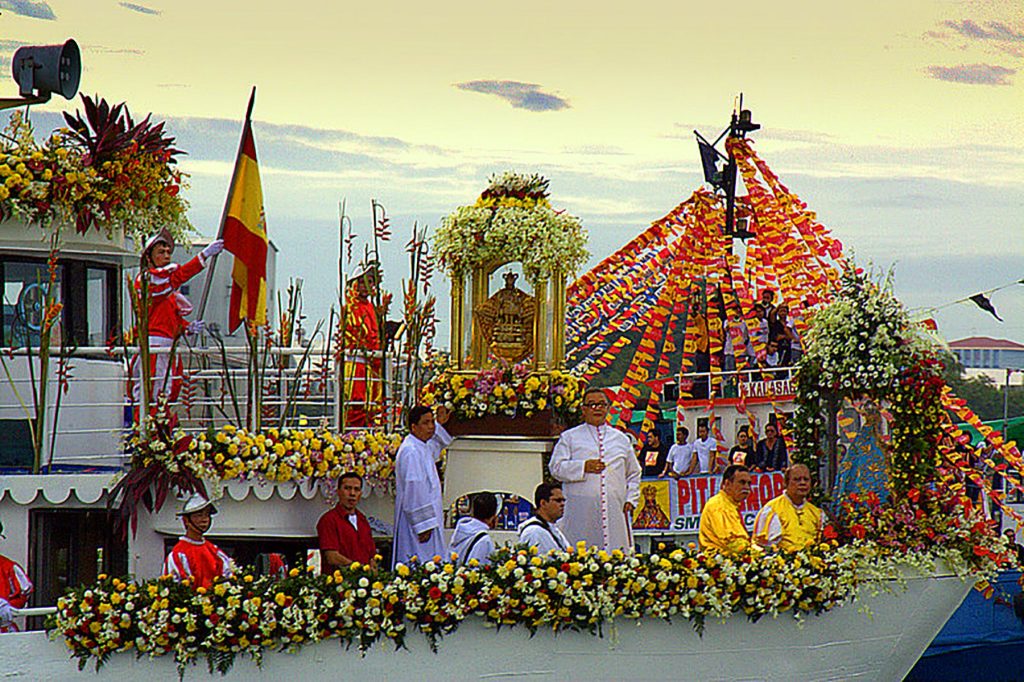
Part of the solemn celebration of the Holy Child, there is a fluvial procession that commemorates the coming of Snr. Sto. Niño to the shores of Cebu brought by Spaniards almost five centuries ago. Not only Cebu was introduced to Christianity in 1521, but it also became the foundation for the Sinulog’s relevance. It is a holy and peaceful tradition held at the sea a day before the grand celebration.
Cultural festivity thrills the party-goers with excitement as well when they get to feast their eyes with the multicolored costumes and props parading along the streets of Cebu for the Sinulog Grand Parade. Not to mention the parties laid out by the organizers for the millennial and young-at-heart. Yet, street parties are prohibited within the 100-meter radius that is why parties are held far from the city center days before the grand celebration.
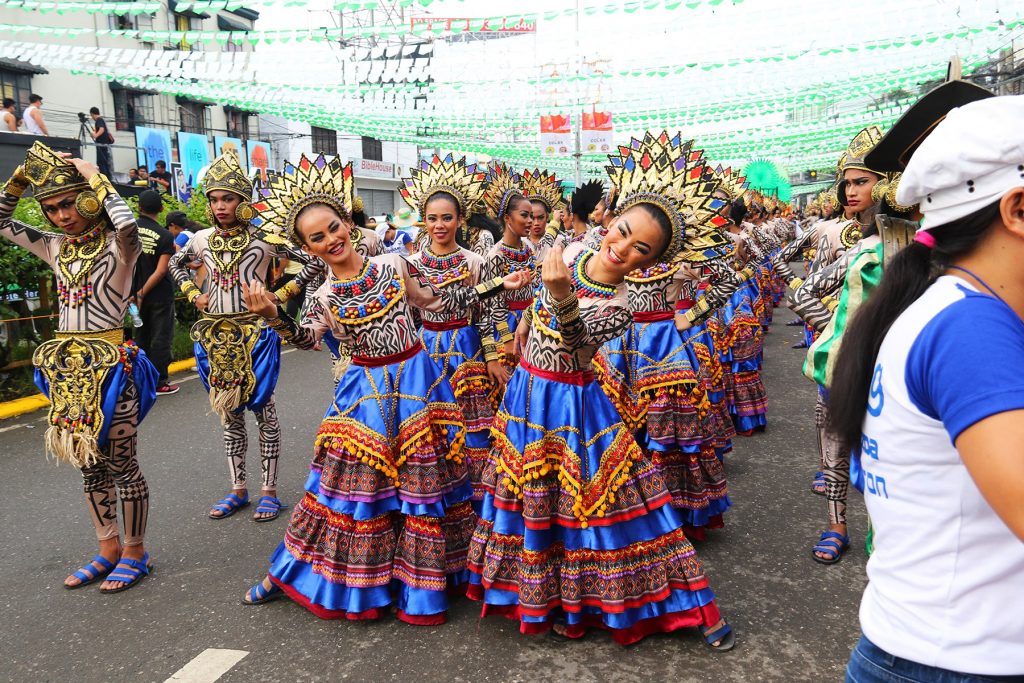
There may be a lot of things to do during Sinulog this year however, streets become busier during some days because of the activities, expect heavier traffic because some streets will close thus planning might be a good solution … or maybe the best.
Be it by a taxi, Grab car, Angkas, jeepney, or a private car avoid the routes that will surely get affected by the activity.
Avoid heading over to streets closer to piers because fluvial procession will take place at six to nine in the morning. Osmeña Blvd., MJ Cuenco Avenue, Legaspi Extension, and Pier Uno will be closed during these times for the short foot procession.
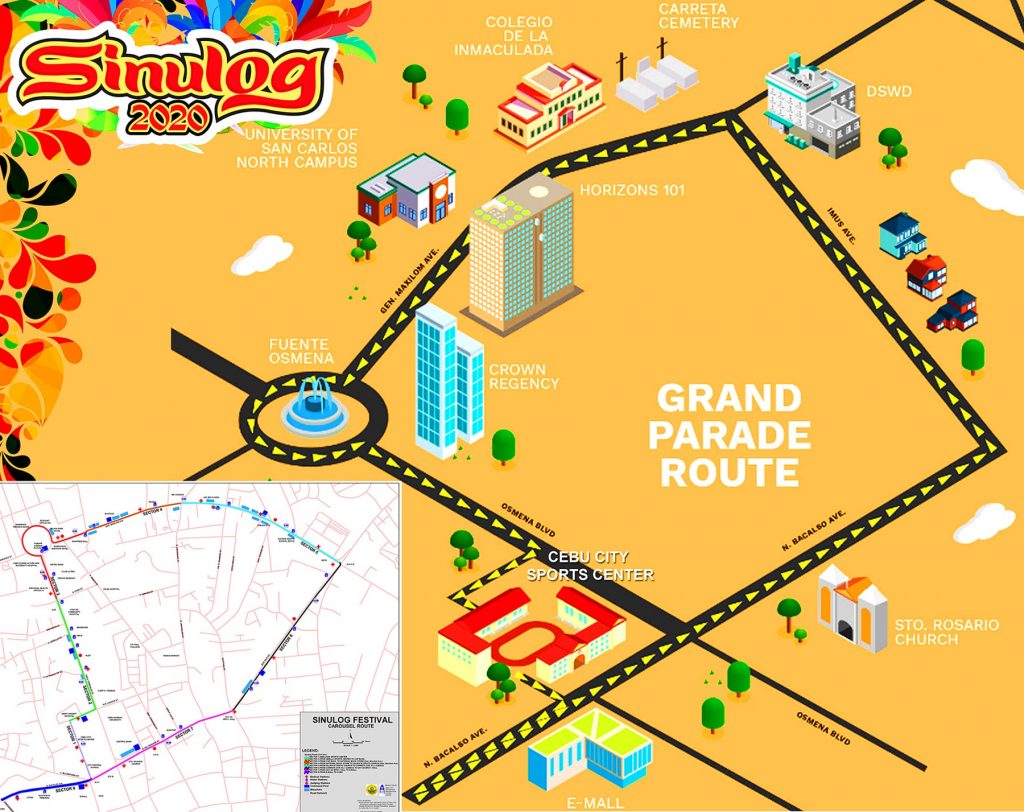
Image courtesy of sinulog.ph
Traslacion is when Sto. Niño pays a visit to his father Saint Joseph in the National Shrine of Saint Joseph the Worker in Mandaue City and then to his Mother Mary in the National Shrine of Virgen de Regla in Lapu Lapu City that is to complete the Holy Family. Traslacion signifies the importance of family being together. The route starts at the Basilica then takes right to D. Jakosalem Street, right to Gen. Maxilom Ave., left to Gorordo Ave., right to Abp. Reyes Ave., then take the junctures MJ Cuenco Ave., and Banilad Road, takes a right to AS Fortuna St., right after to A. Del Rosario St., and ends by taking right to SC Cabahug St.
The streets of Mandaue and Lapu Lapu will be closed during the Traslacion of Sto. Niño. These streets are SC Cabahug, AC Cortes, Cebu-Mandaue (First) Bridge, Quezon Natl’ Highway, Cy De la Cerna St., and lastly Osmeña St.
The moving of the Holy Child Jesus from Cebu to Mandaue and Lapu Lapu happens on January 17 – 18, 2020. Moreover, the first bridge is closed during this time.
The Solemn Foot Procession happens on January 18, 2020, at one in the afternoon. Thousands of pilgrims and devotees take part in the holy procession to say a prayer or ask Snr. Sto. Niño to grant petitions. The route of the procession starts at the Basilica then to Osmeña Blvd., Colon St., Leon Kilat St., J. Alcantara St., V. Rama St., B. Rodriguez St., Fuente Osmeña Circle, back to Osmeña Blvd., then to P. Del Rosario St., Junquera St., back to Colon St., lastly to D. Jakosalem St., and back to the Basilica.
The revelry and the grandiose party definitely will get the tourists’ jaw dropped and be in awe as they witness a showcase of street pageantry accompanied by frenzied dance steps and choreography. Loud chants of “Pit Senyor” will also be ubiquitous. The Sinulog Grand Parade is the culminating activity of the Fiesta Señor. But, getting up early and going to the place where the street dancing is happening is a must because of the carousel route. The carousel route will take place starting outside the Cebu City Sports Center then along the N. Bacalso Ave., next to Imus Ave., then to Gen. Maxilom Ave., around the Fuente Osmeña Circle, next to Osmeña Blvd., and will end inside the CCSC.
Fare surge for Grab and Angkas will occur during peak hours especially when the procession and Sinulog parade happens. Jeepneys still have their minimum fare at Php 8 and taxis have its flag down rate at Php 40. Expect to have long walks as well when the streets will be closed. For people who have private cars, choose a spot where parking lots are closer to specific places.

Cebu has a lot in store for all the revelers during Sinulog season and knowing what streets will close due to important events as part of the festivity can let the people go a long way. Free the worries up and celebrate a grander Sinulog 2020 in razzmatazz.
Arts & Culture
Visayas Art Fair Year 5: Infinite Perspectives, Unbound Creativity
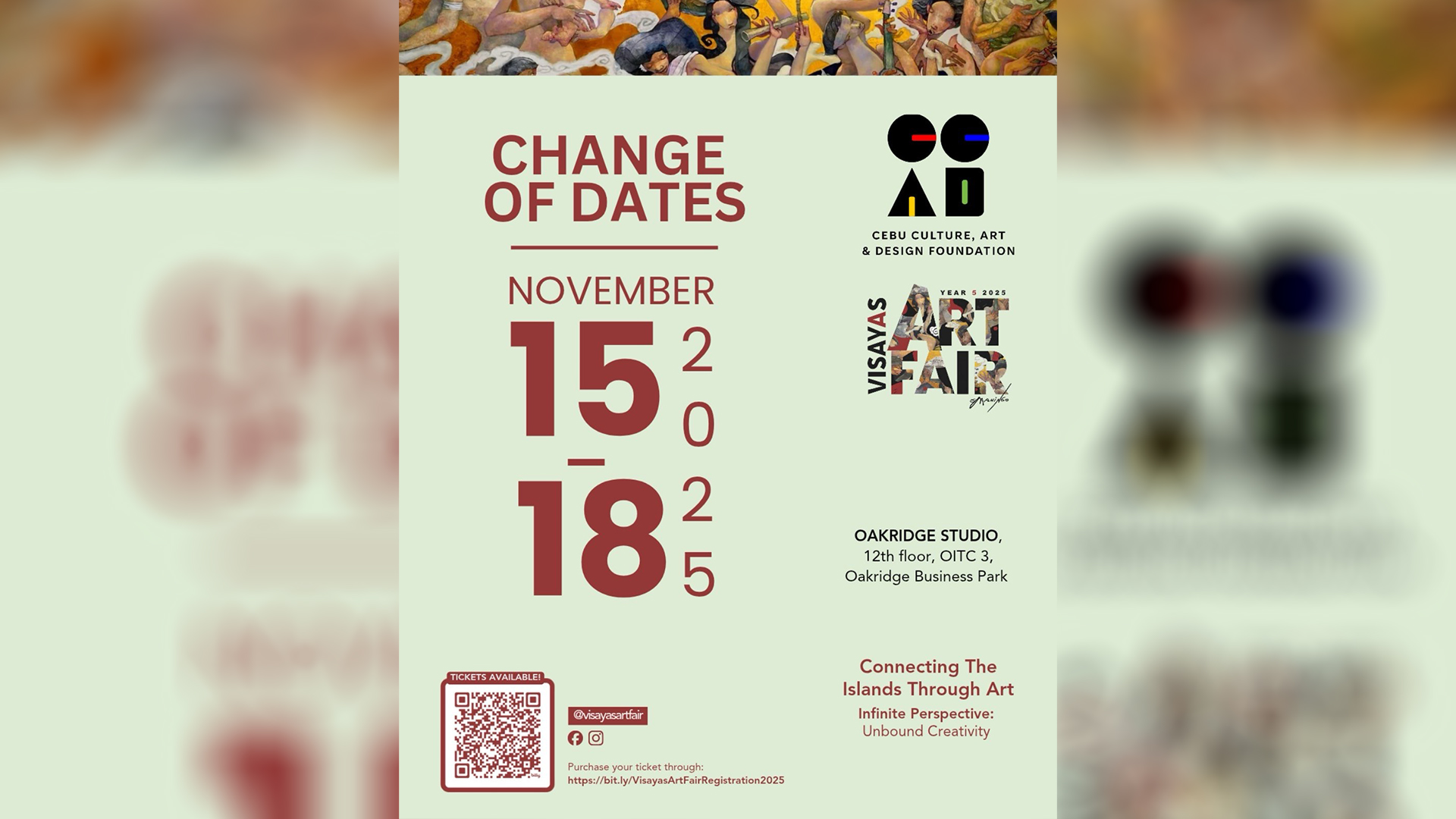
by Jing Ramos
This year’s Visayas Art Fair marks its 5th anniversary, celebrating the theme “Infinite Perspectives: Unbound Creativity.” The fair continues its mission of bridging creativity, culture, and community in the country. This milestone edition strengthens its partnership with the National Commission for Culture and the Arts and expands collaborations with regional art organizations and collectives—reinforcing its role as a unifying platform for Philippine art.
VAF5 features the works of Gil Francis Maningo, honoring the mastery of his gold leaf technique on opulent portraits of the Visayan muse Carmela, reflecting spiritual awareness.

Gil Francis Maningo is celebrated for his gold leaf technique.
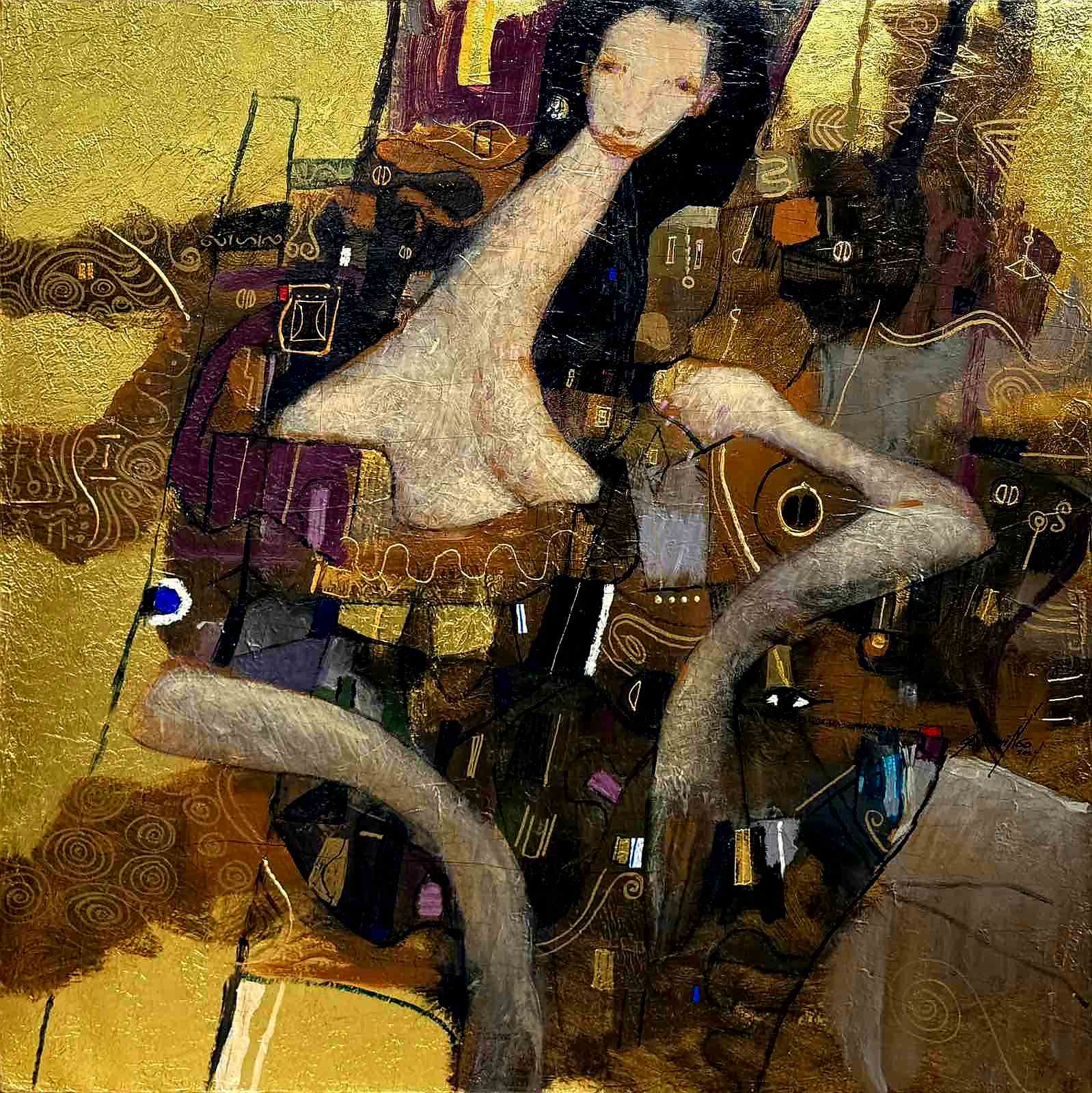
Gil Francis Maningo’s recurring theme of his Visayan muse “Carmela”.
Another featured artist is Danny Rayos del Sol, whose religious iconography of Marian-inspired portraits offers a profound meditation on the sacred and the sublime. This collaboration between two visual artists sparks a dialogue on the Visayan spirit of creativity and resilience. Titled “Pasinaya,” this dual showcase explores gold leaf as a medium of light and transcendence.
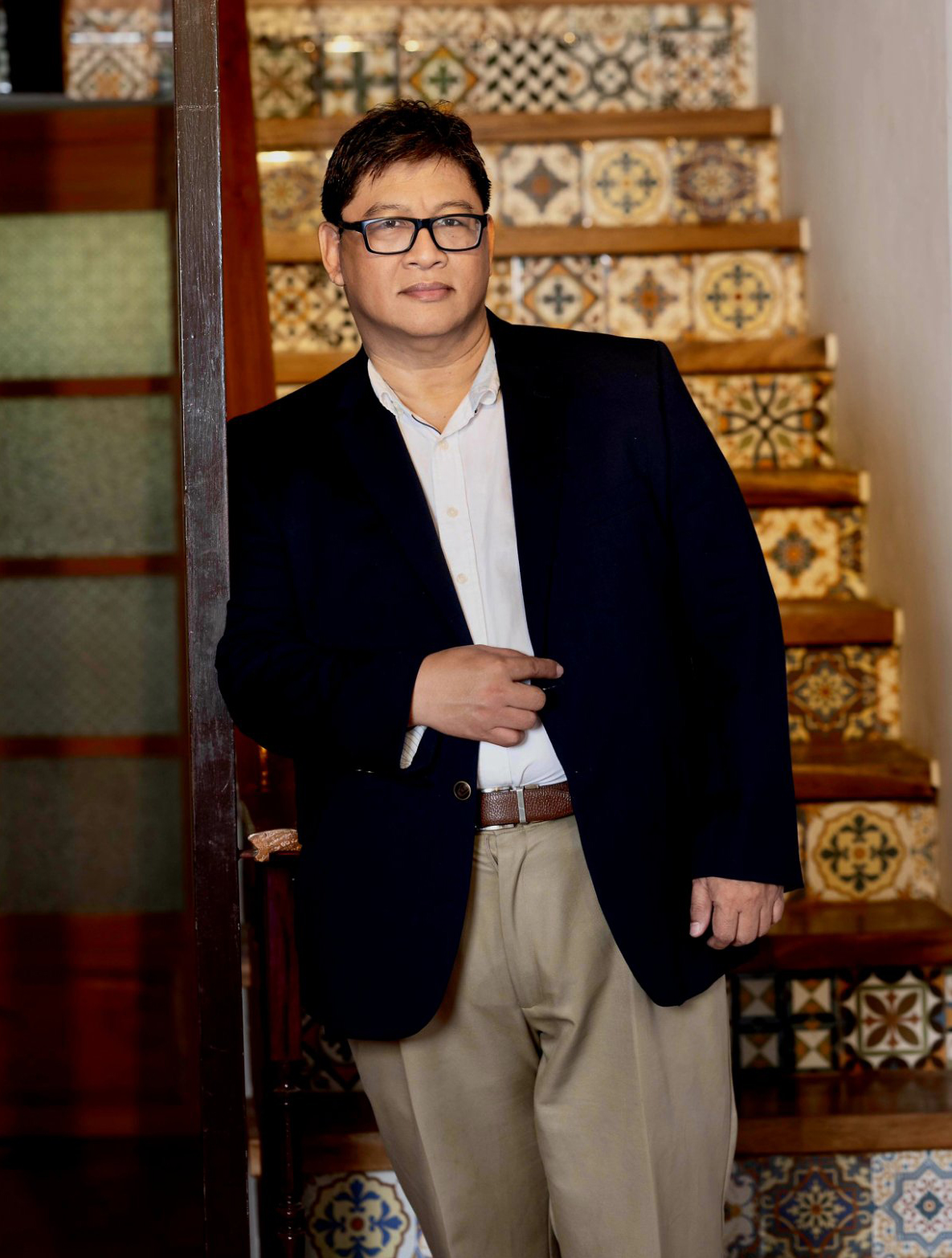
Artist Danny Reyes del Sol
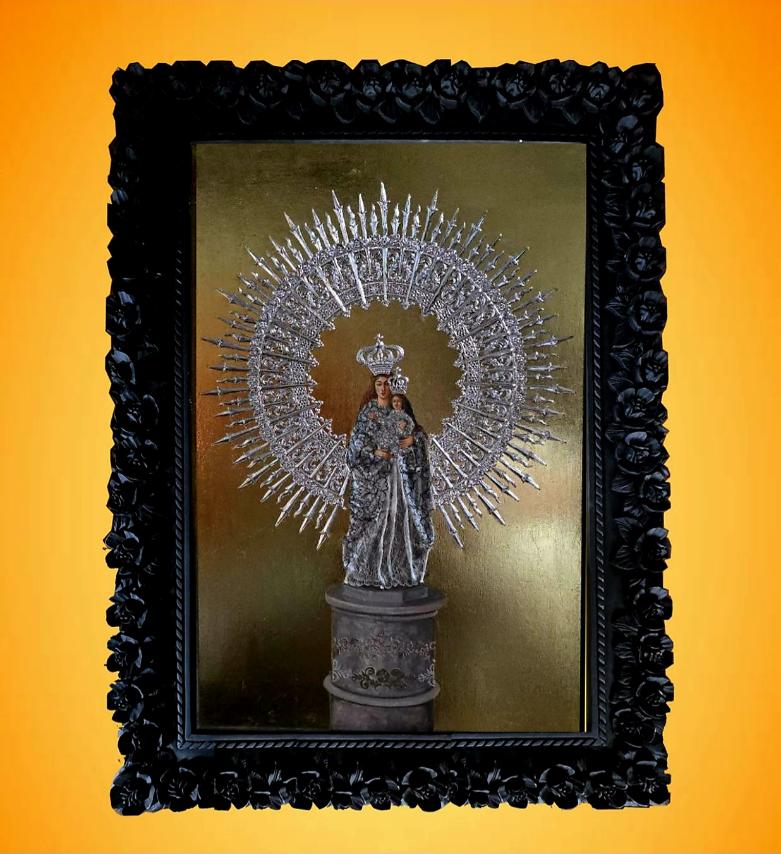
Danny Reyes del Sol’s religious iconography.
Now in its fifth year, the Visayas Art Fair has influenced a community of artists, gallerists, brokers, collectors, museum curators, and art critics—constructing a narrative that shapes how we approach and understand the artist and his work. This combination of factors, destined for popular consumption, illustrates the ways in which art and current culture have found common ground in a milieu enriched by the promise of increased revenue and the growing value of artworks.
Laurie Boquiren, Chairman of the Visayas Art Fair, elaborates on the theme, expressing a vision that celebrates the boundless imagination of unique artistic voices:
“Infinite Perspectives speaks of the countless ways artists see, interpret, and transform the world around them—reminding us that creativity knows no single point of view. Unbound Creativity embodies freedom from convention and controlled expression, allowing every artist to explore and experiment without borders.”
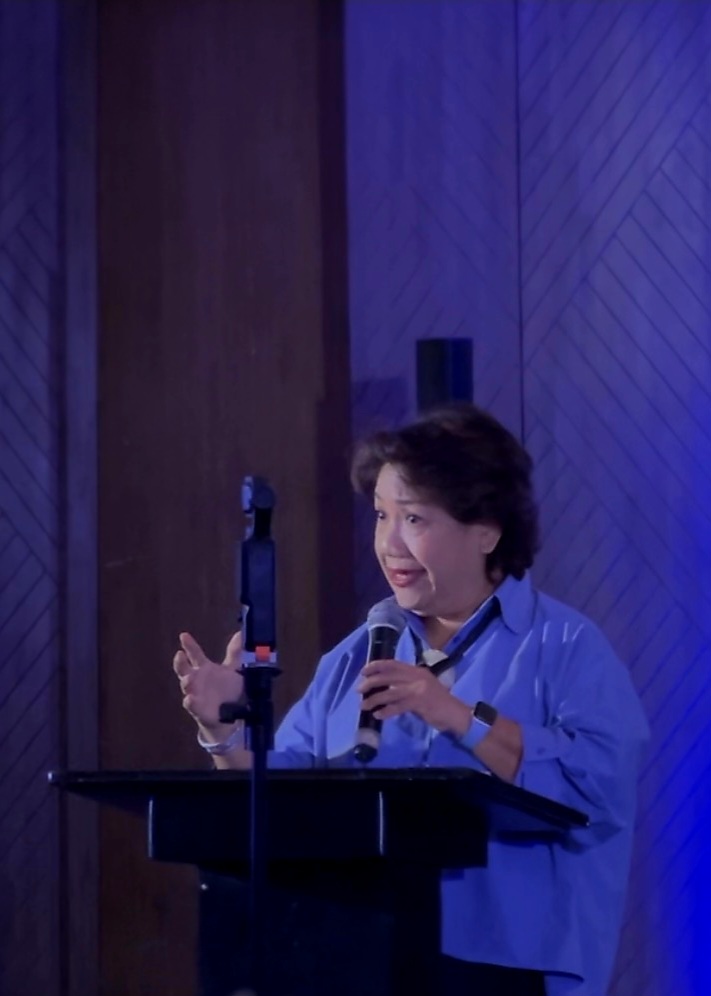
Laurie Boquiren, Chairman of the Visayas Art Fair has tirelessly championed the creative arts for the past five years.
Arts & Culture
Kultura. Kapital. Kasalukuyan: Art that Speaks of Today
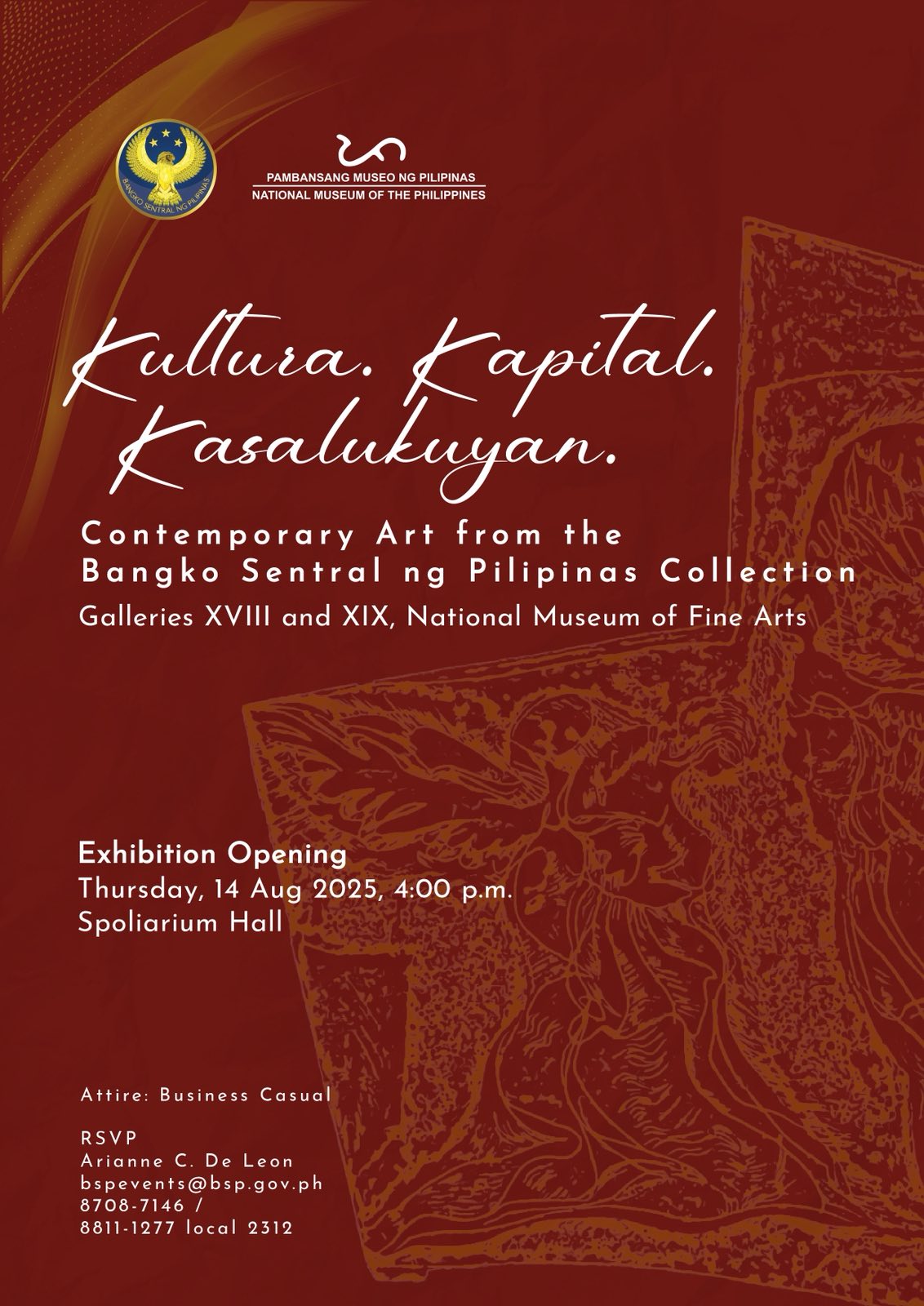
by Jose Carlos G. Campos, Board of Trustees National Museum of the Philippines
The National Museum of the Philippines (NMP) and the Bangko Sentral ng Pilipinas (BSP) recently teamed up to prove that money isn’t just for counting—it’s also for curating! Their latest joint exhibition, Kultura. Kapital. Kasalukuyan: Contemporary Art from the Bangko Sentral ng Pilipinas Collection, is now open, and it’s a real treat for art lovers and culture buffs alike.
On display are gems from the BSP’s contemporary art collection, including masterpieces by National Artist Benedicto Cabrera (Bencab), along with works by Onib Olmedo, Brenda Fajardo, Antipas Delotavo, Edgar Talusan Fernandez, and many more. Some of the artists even showed up in person—Charlie Co, Junyee, Imelda Cajipe-Endaya, Demi Padua, Joey Cobcobo, Leonard Aguinaldo, Gerardo Tan, Melvin Culaba—while others sent their family representatives, like Mayumi Habulan and Jeudi Garibay. Talk about art running in the family!
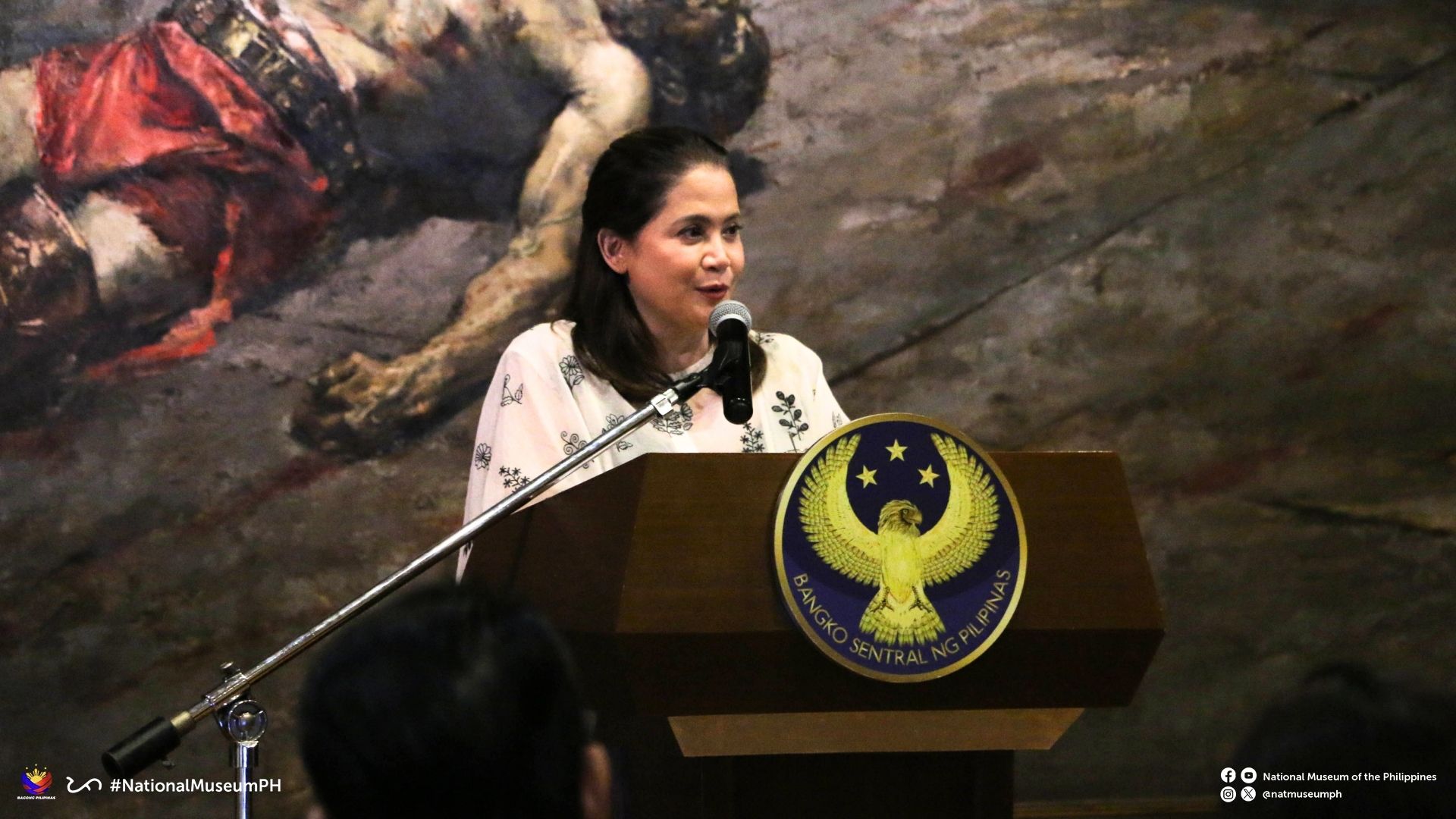
Deputy Governor General of the BSP, Berna Romulo Puyat
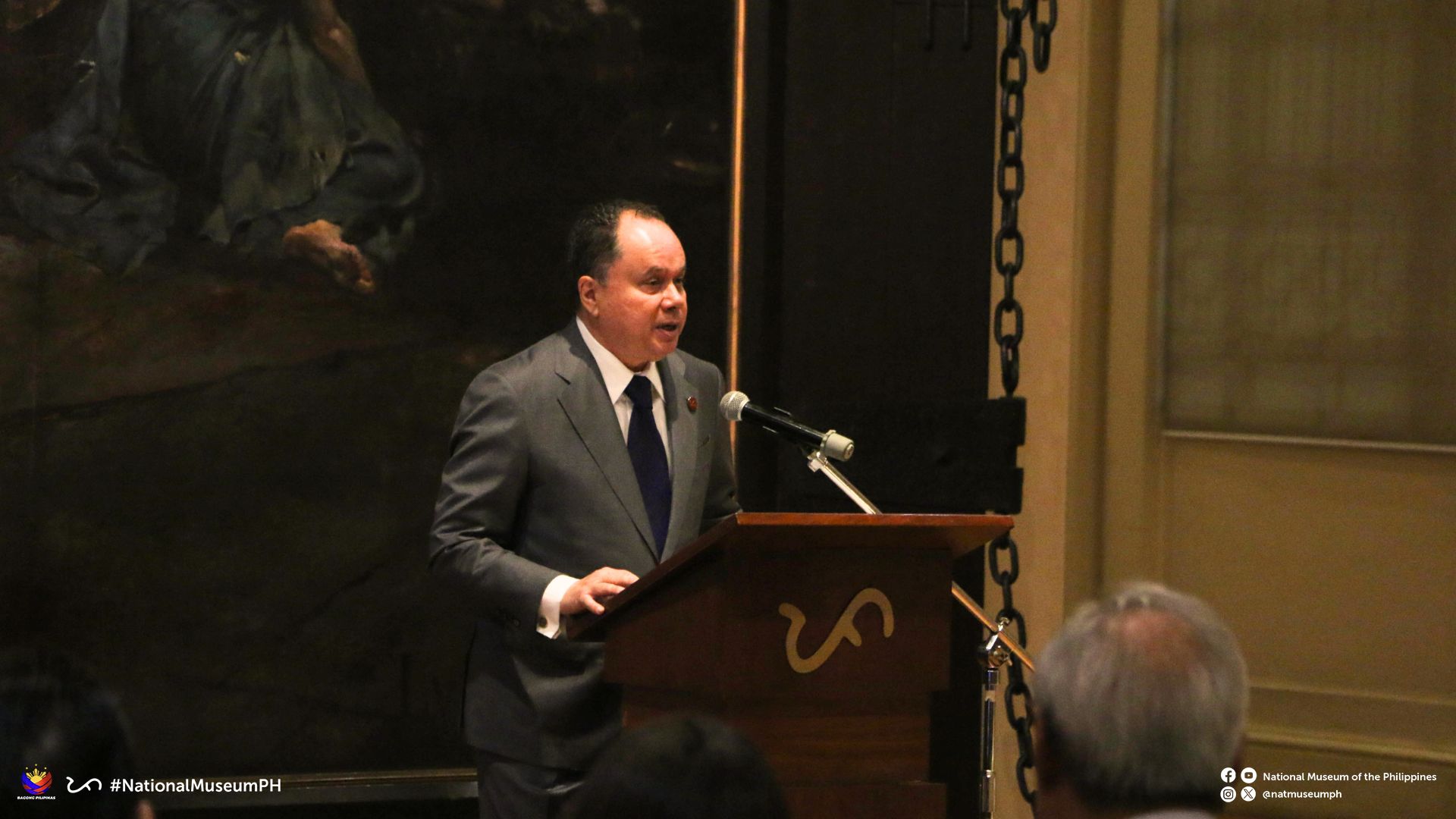
Chairman of NMP, Andoni Aboitiz
The BSP Governor Eli M. Remolona, Jr. and members of the Monetary Board joined the event, alongside former BSP Governor Amando M. Tetangco, Jr., Ms. Tess Espenilla (wife of the late Nestor A. Espenilla, Jr.), and the ever-graceful former Central Bank Governor Jaime C. Laya, who gave a short but enlightening talk about the BSP art collection.
From the NMP, Chairman Andoni Aboitiz, Director-General Jeremy Barns, and fellow trustees NCCA Chairman Victorino Mapa Manalo, Carlo Ebeo, and Jose Carlos Garcia-Campos also graced the occasion. Chairman Aboitiz expressed gratitude to the BSP for renewing its partnership, calling the exhibition a shining example of how financial institutions can also enrich our cultural wealth.
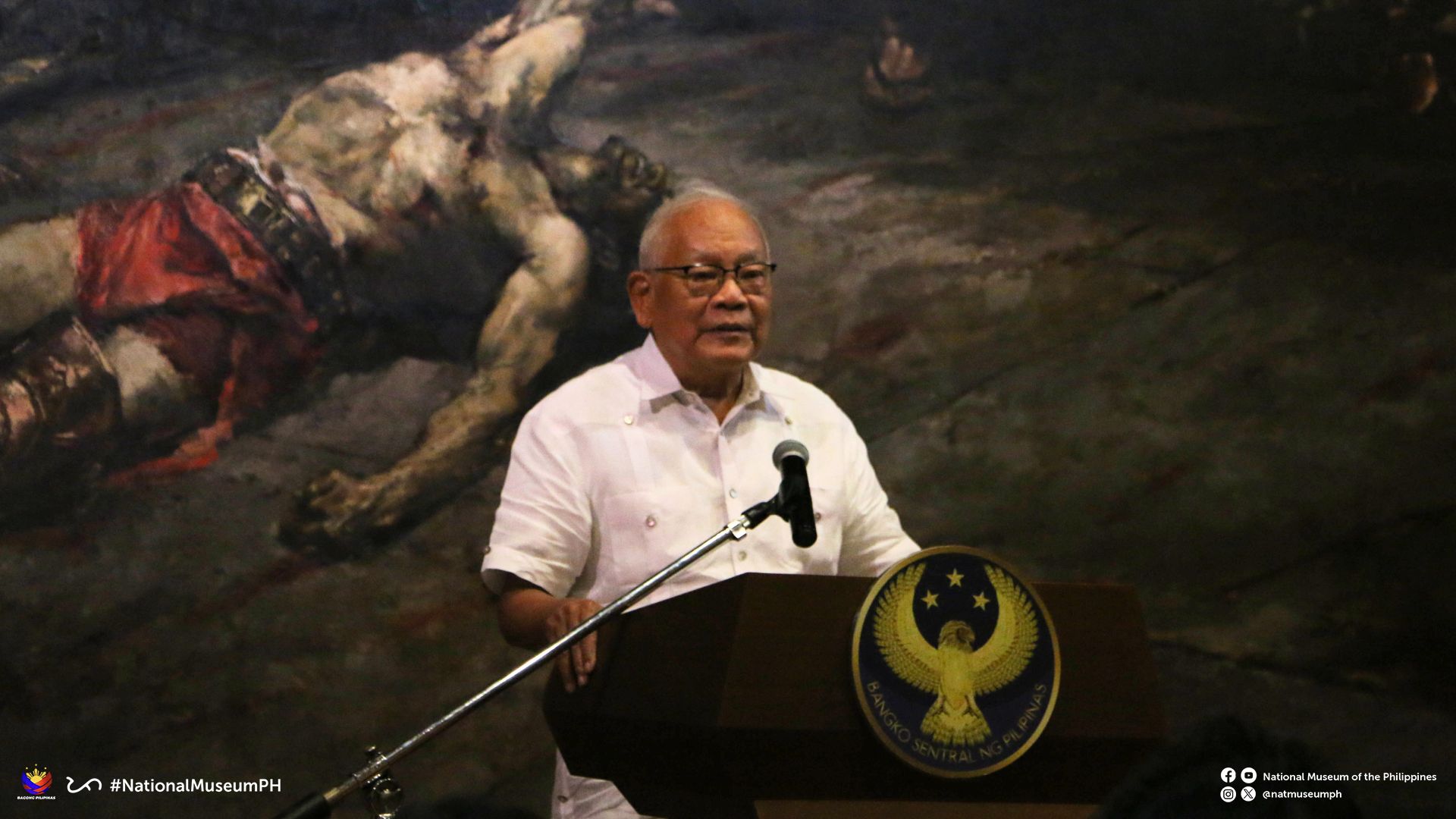
Former Governor of BSP Jaime Laya

Governor of BSP Eli M. Remona and Chairman of NMP Board Andoni Aboitiz
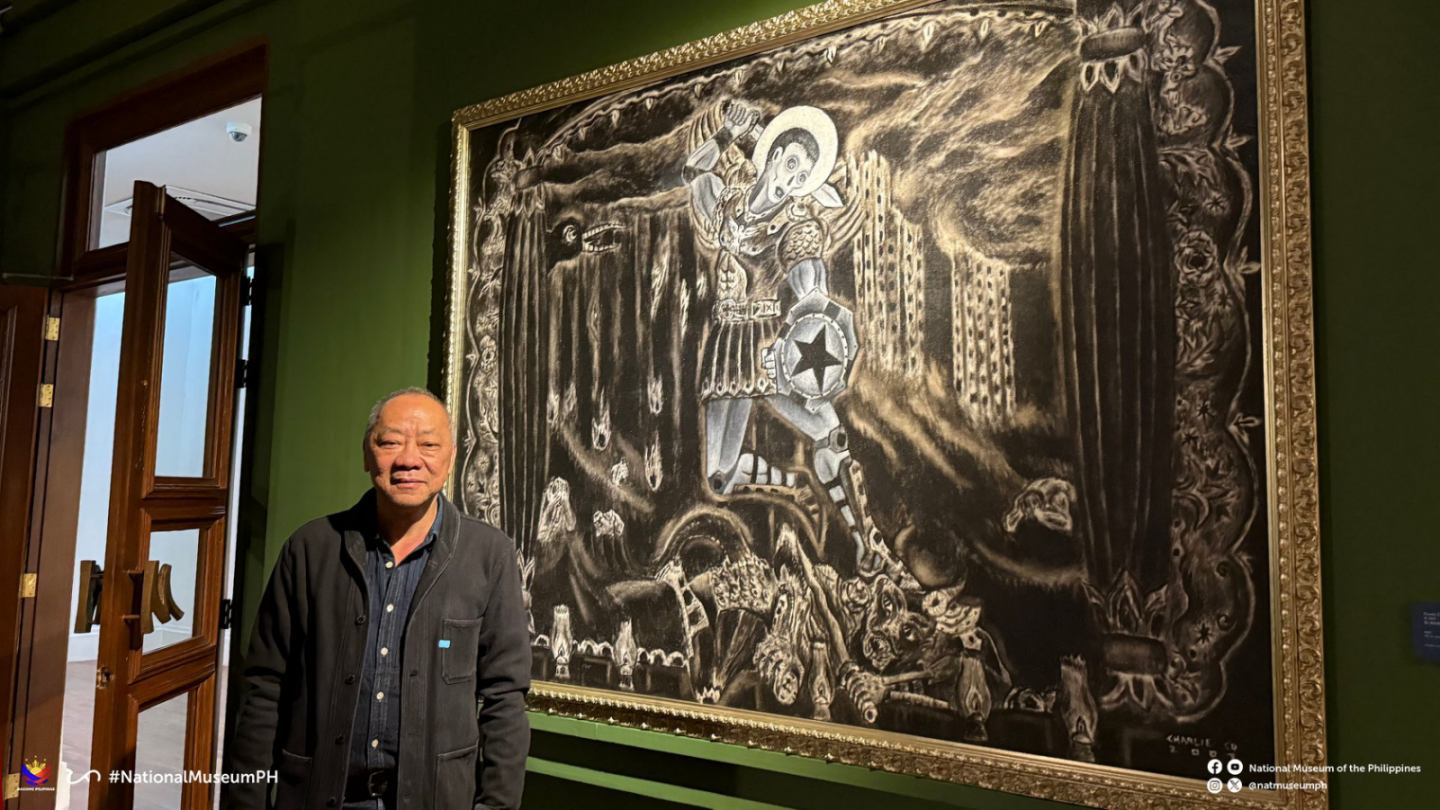
Artist Charlie Co
Before the official launch, a special media preview was held on 5 August, hosted by BSP Deputy Governor Bernadette Romulo-Puyat and DG Jeremy Barns. It gave lucky guests a sneak peek at the collection—because sometimes, even art likes to play “hard to get.”
The exhibition Kultura. Kapital. Kasalukuyan will run until November 2027 at Galleries XVIII and XIX, 3/F, National Museum of Fine Arts. Doors are open daily, 9:00 AM to 6:00 PM. So if you’re looking for something enriching that won’t hurt your wallet (admission is free!), this is your sign to visit. After all, the best kind of interest is cultural interest.
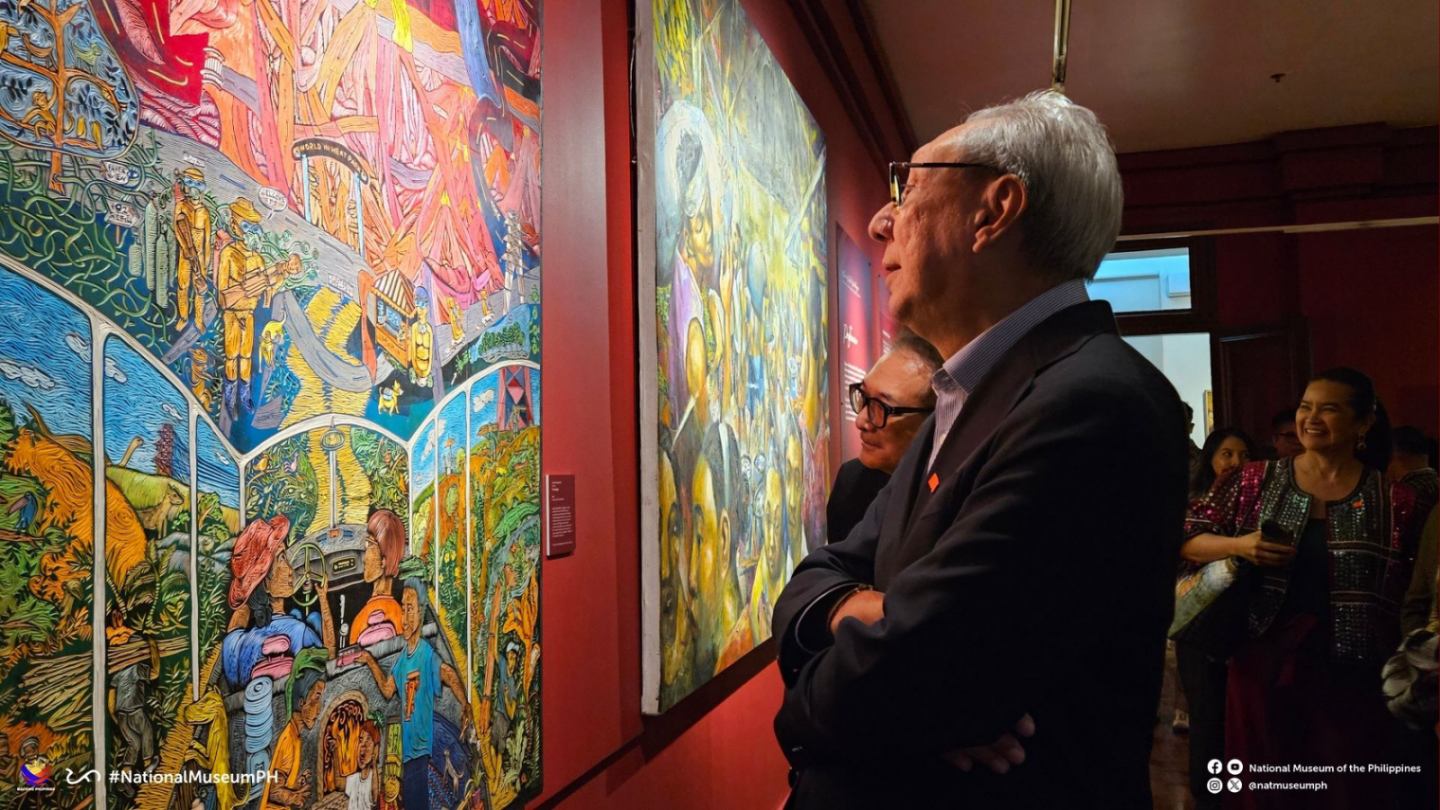
Monetary Board of the BSP, Walter C. Wassmer
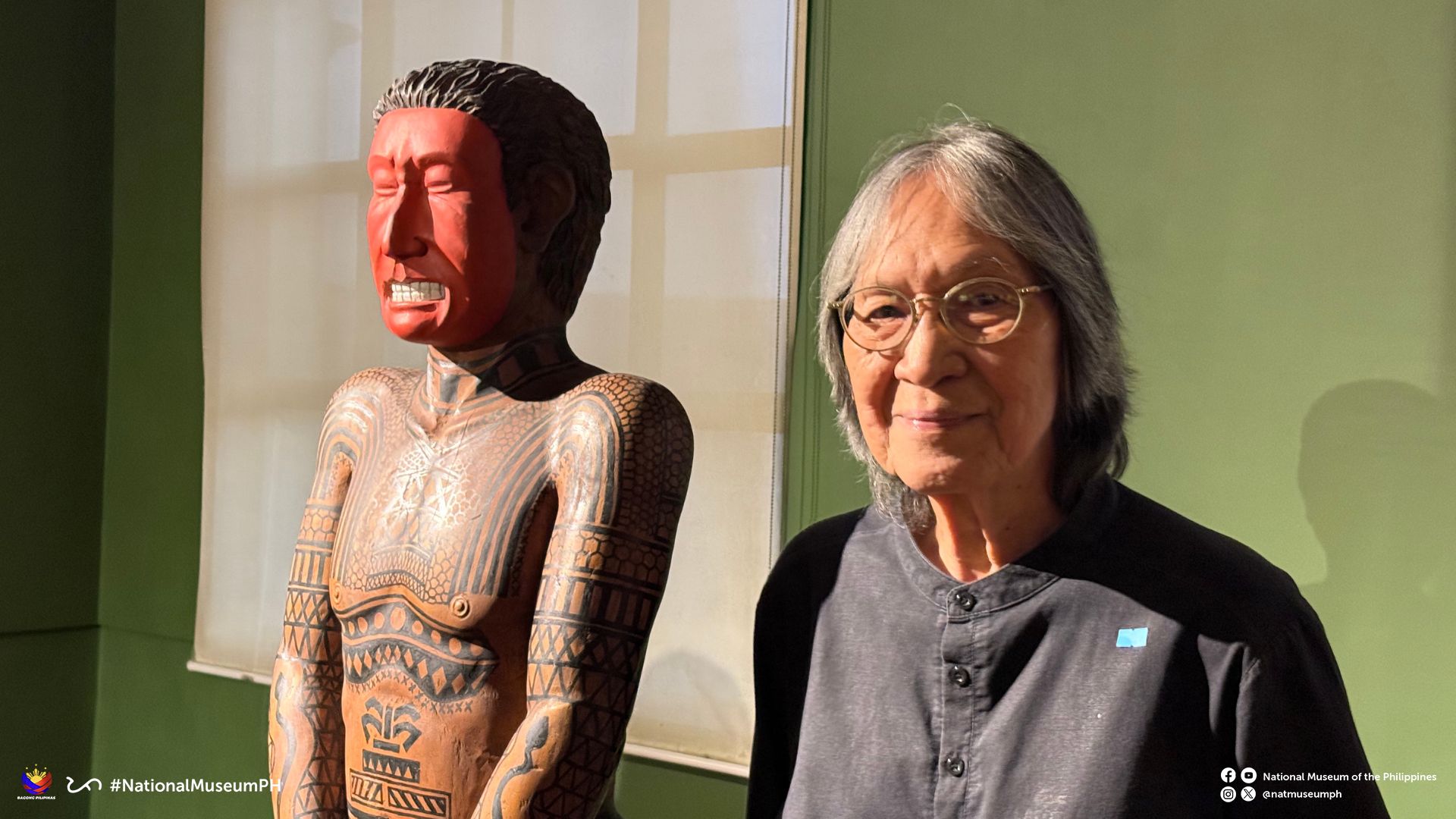
Luis Yee, Jr. aka ‘Junyee’ The Artist beside his Sculpture
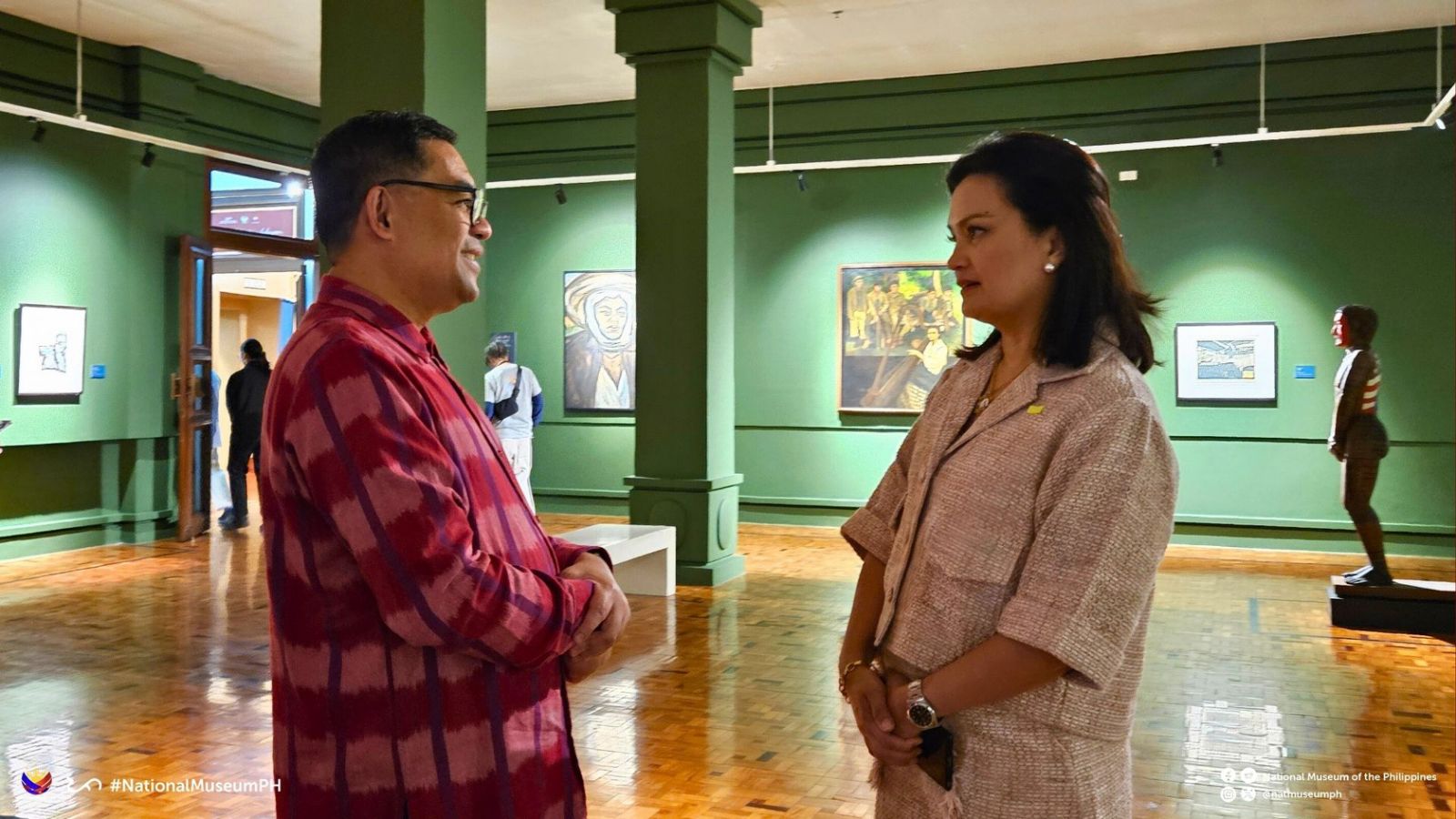
Arvin Manuel Villalon, Acting Deputy Director General for Museums, NMP with Ms. Daphne Osena Paez
Arts & Culture
Asia’s Fashion Czar I Knew as Tito Pitoy; Remembrance of a Friendship Beyond Fashion with Designer Jose R. Moreno
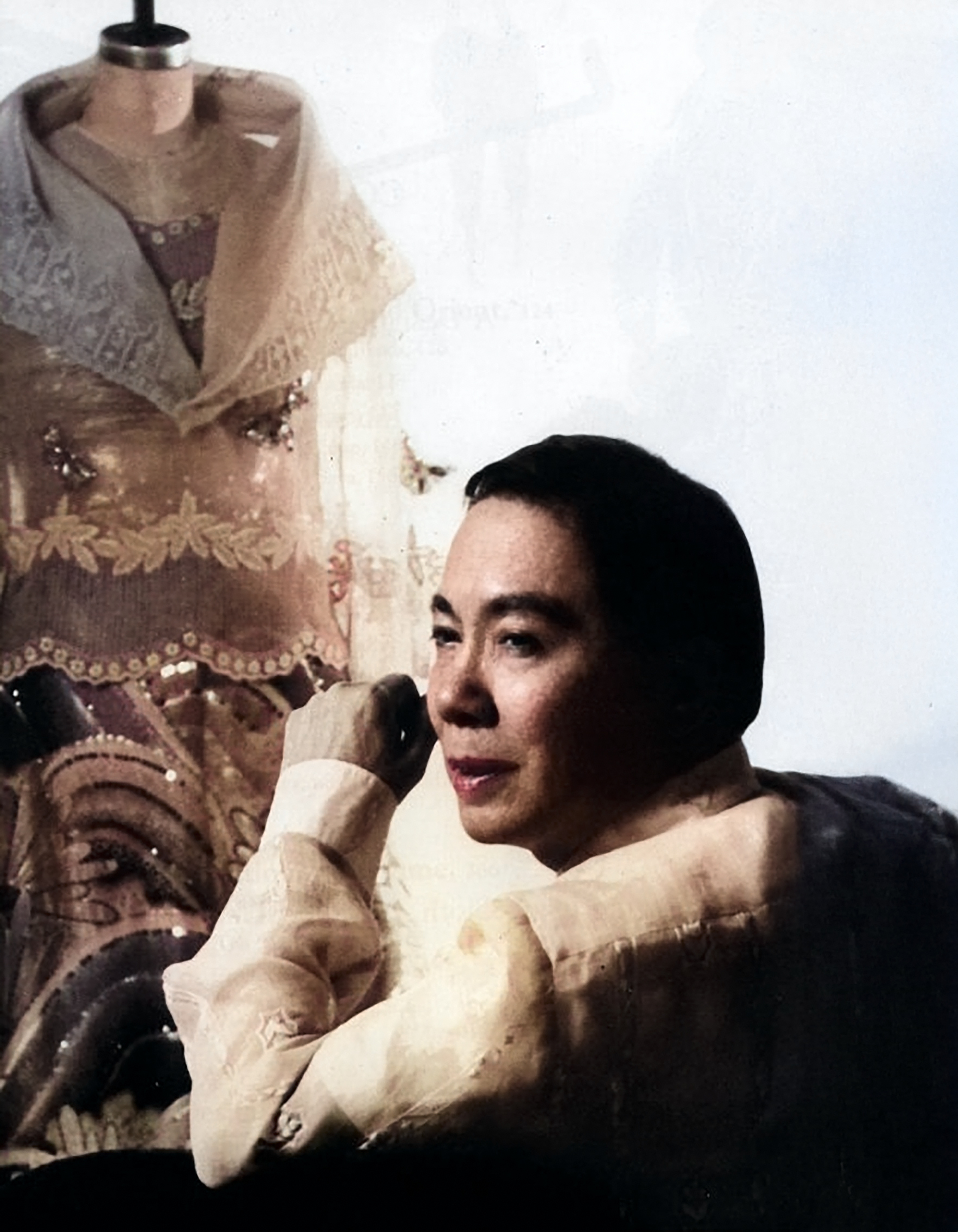
by Jose Carlos G. Campos, Board of Trustees National Museum of the Philippines
My childhood encounter with the famous Pitoy Moreno happened when I was eight years old. My maternal grandmother, Leonila D. Garcia, the former First Lady of the Philippines, and my mother, Linda G. Campos, along with my Dimataga aunts, brought me to his legendary atelier on General Malvar Street in Malate, Manila. These were the unhurried years of the 1970s.
As we approached the atelier, I was enchanted by its fine appointments. The cerulean blue and canary yellow striped canopies shaded tall bay windows draped in fine lace—no signage needed, the designer’s elegance spoke for itself. Inside, we were led to a hallway adorned with Art Deco wooden filigree, and there was Pitoy Moreno himself waiting with open arms—”Kamusta na, Inday and Baby Linda,” as he fondly called Lola and Mommy.
“Ahhh Pitoy, it’s been a while,” Lola spoke with joy.
“Oh eto, may kasal na naman,” my mom teasingly smiled.
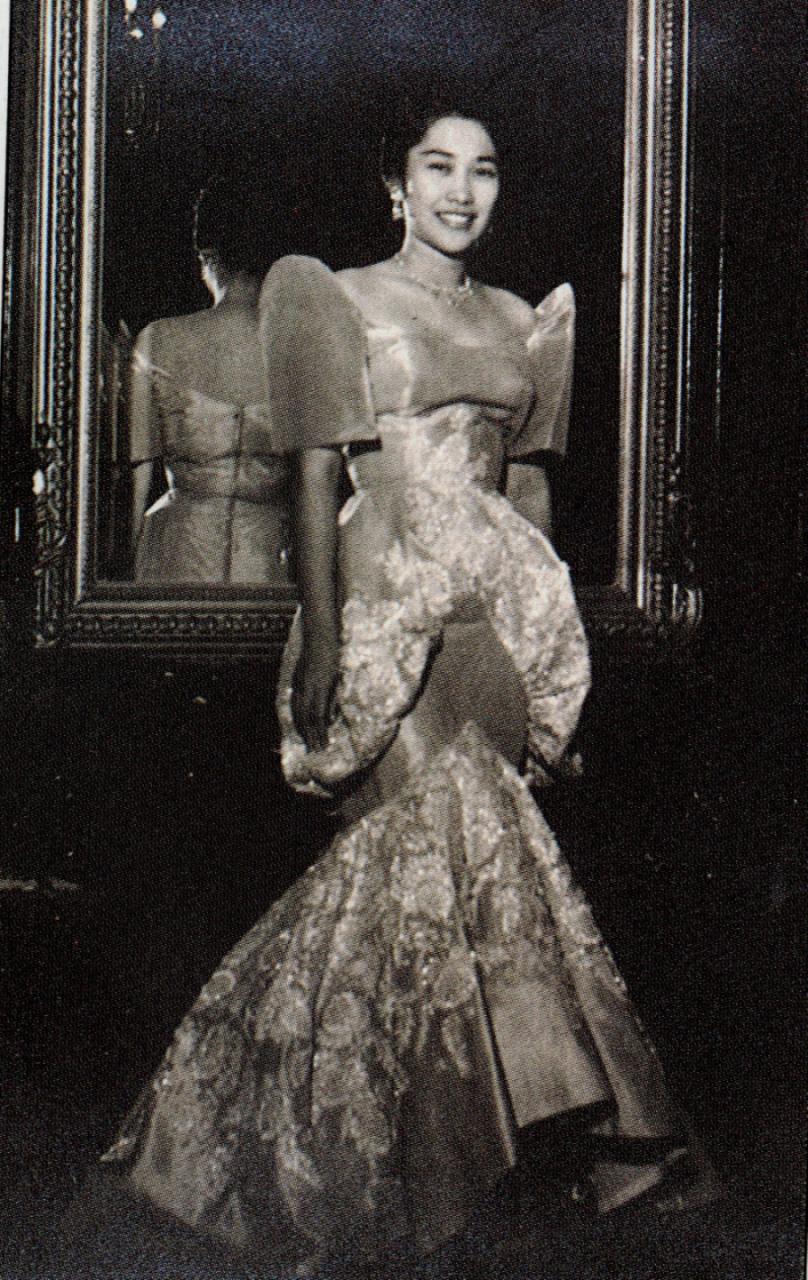
Linda Garcia Campos and Pitoy Moreno’s friendship started when they were students in the University of the Philippines in Diliman.
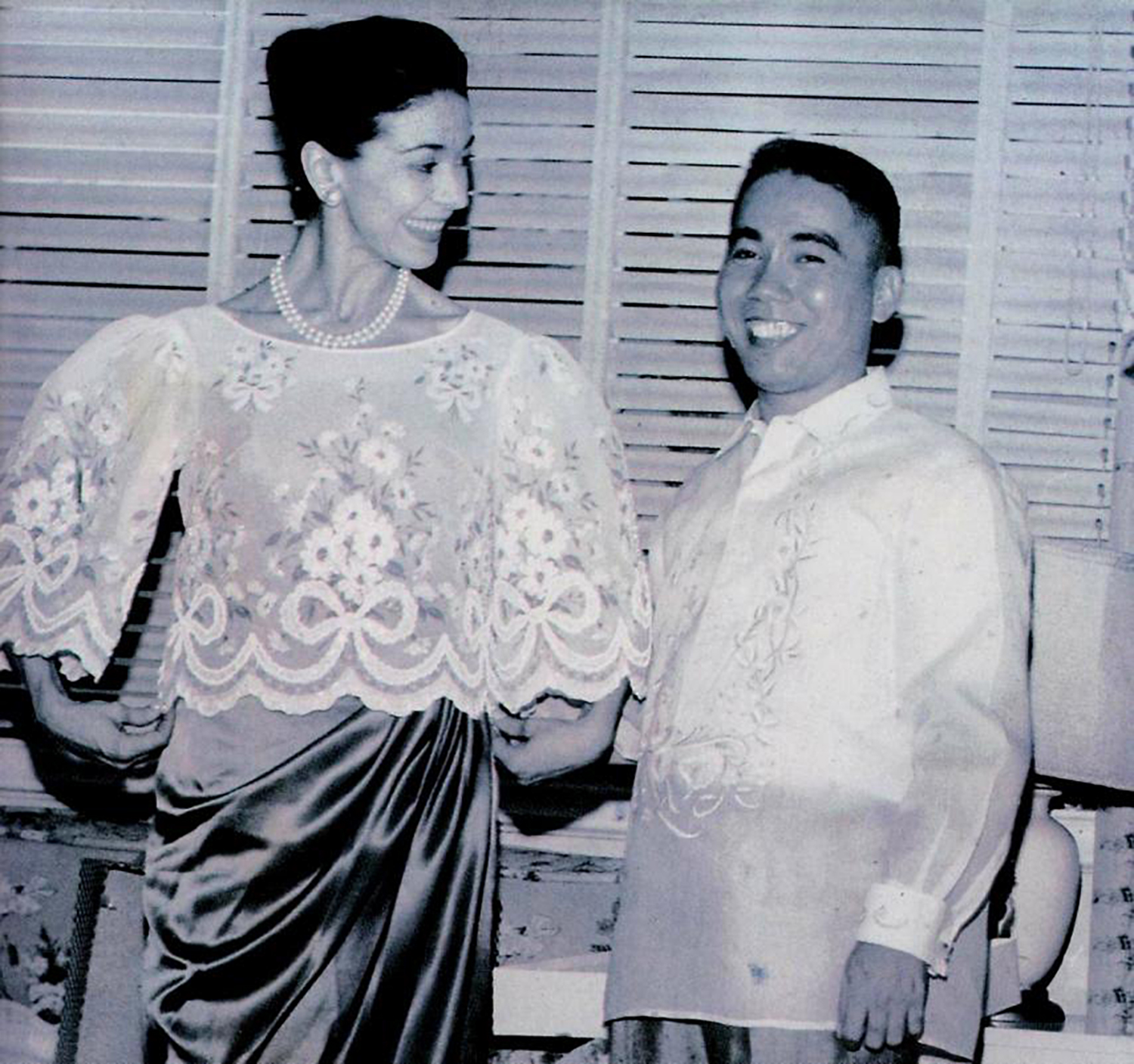
When Dame Margot Fonteyn came for a visit to Manila, Pitoy Moreno dressed her up for an occasion.
We had entered a world of beauty—porcelain figurines, ancient earthenware and pre-colonial relics. It was like stepping into a looking glass, only Pitoy could have imagined.
Destiny led me back years later when my mother Linda told me that Pitoy Moreno was working on his second book, Philippine Costume, and needed research material and editorial advice. At this point, around the 1990s, I was in between assignments—unsure of how a broadcasting graduate like me could possibly contribute to a fashion icon’s masterpiece. Fortunately, I agreed to the project.
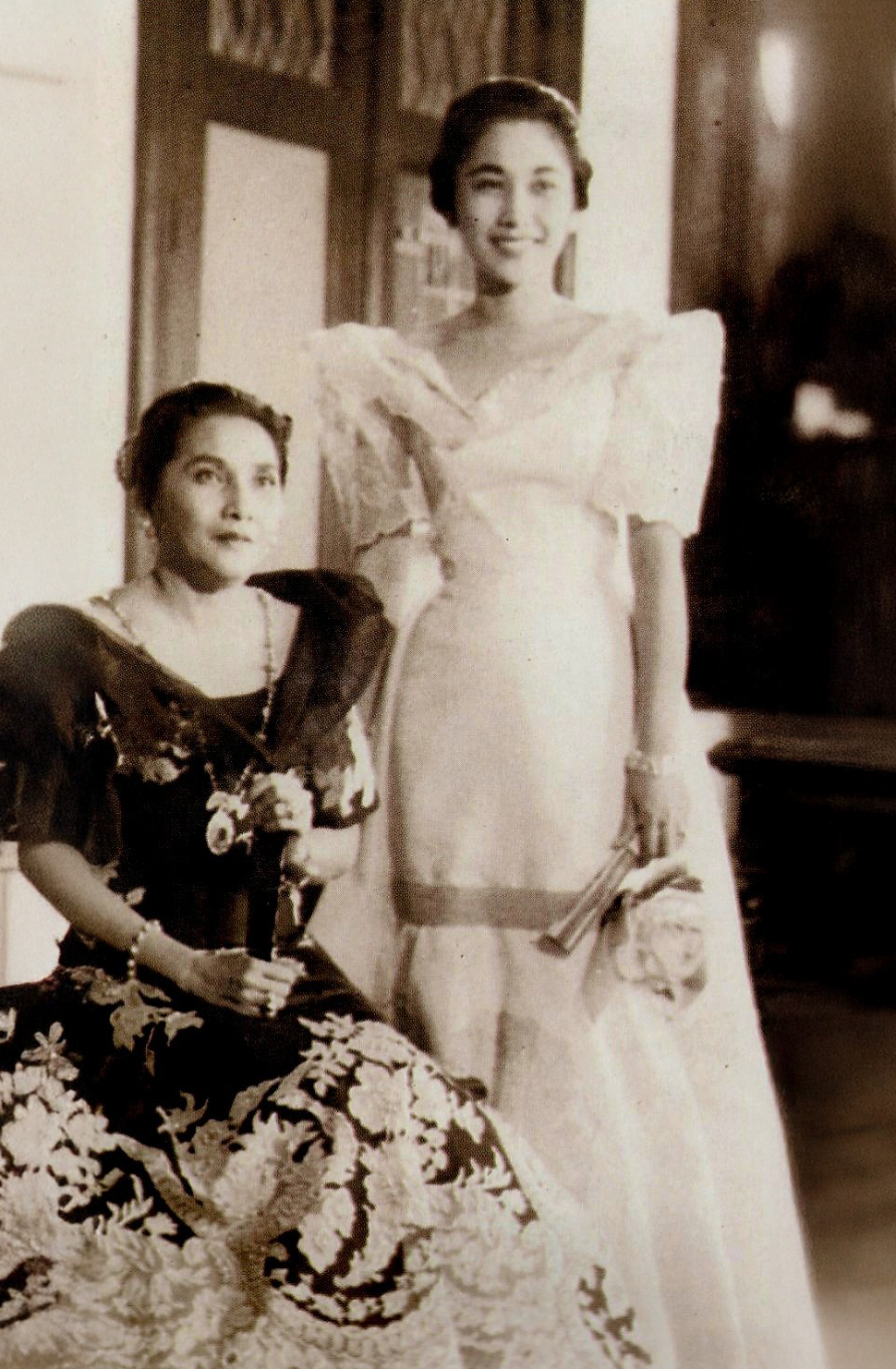
Former First Lady Leonila D. Garcia and daughter Linda G. Campos in Malacañang Palace.
Returning to the designer’s atelier brought back a rush of pleasant memories. The gate opened, and there stood Pitoy Moreno, beaming as always.
“Come in, hijo. Let me show you what I have in mind—and call me Tito Pitoy, okay?”
He led me to his worktable.
“I want to publish a book that tells the story of Philippine fashion—from our pre-colonial roots to the present. A designer’s collection of images and heritage expressed in clothing.”
I was awestruck. “How can I help you?” I inquired.
“Did you know that your mother, Linda, was my barkada in the University of the Philippines in Diliman?” he grinned.
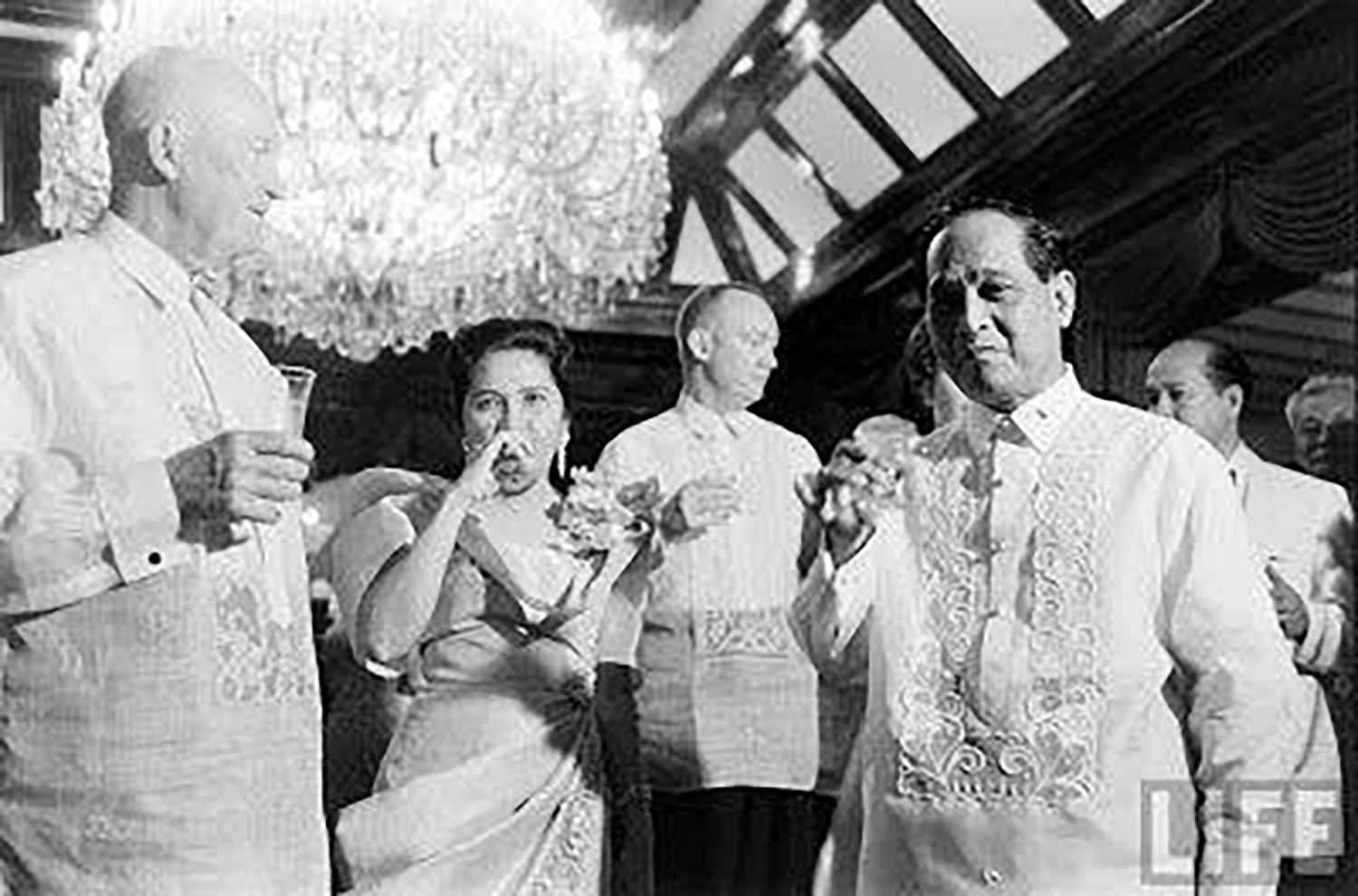
US President Dwight Eisenhower with First Lady Leonila Garcia and President Carlos Garcia in a state dinner at Malacañang Palace in Manila.
That friendship soon led to one of the proudest moments of the designer’s life. He had the opportunity to dress not only the First Lady Leonila D. Garcia but also President Carlos P. Garcia during his term. It was also during this time that the President of the United States, Dwight Eisenhower, came for an official visit to Manila. The designer was able to make clothes for the President, his daughter, and his staff.
“Eisenhower even asked for discounts on the barong Tagalog,” Tito Pitoy laughed.
Tito Pitoy then asked if I could find a terno he had made for my Lola, the former First Lady, which she wore for President Eisenhower’s state visit in 1960.
“How about her other ternos, dated from the 1920s to the 1960s?” I offered.
He lit up.
I scoured my Lola’s extensive closet—it felt like unearthing a legacy. Tucked behind layers of vintage ternos from countless fashion designers, I found that terno, which was photographed by Dick Baldovino along with other pieces for the book project. Once the project was finished and I myself had moved on, my bond with Tito Pitoy never wavered.
When my Lola passed away, he was deeply touched when I personally informed him of the sad news. Once, at the wake of former Vice President Salvador Laurel, he asked me to assist him in the placement of the medals in the chapel.
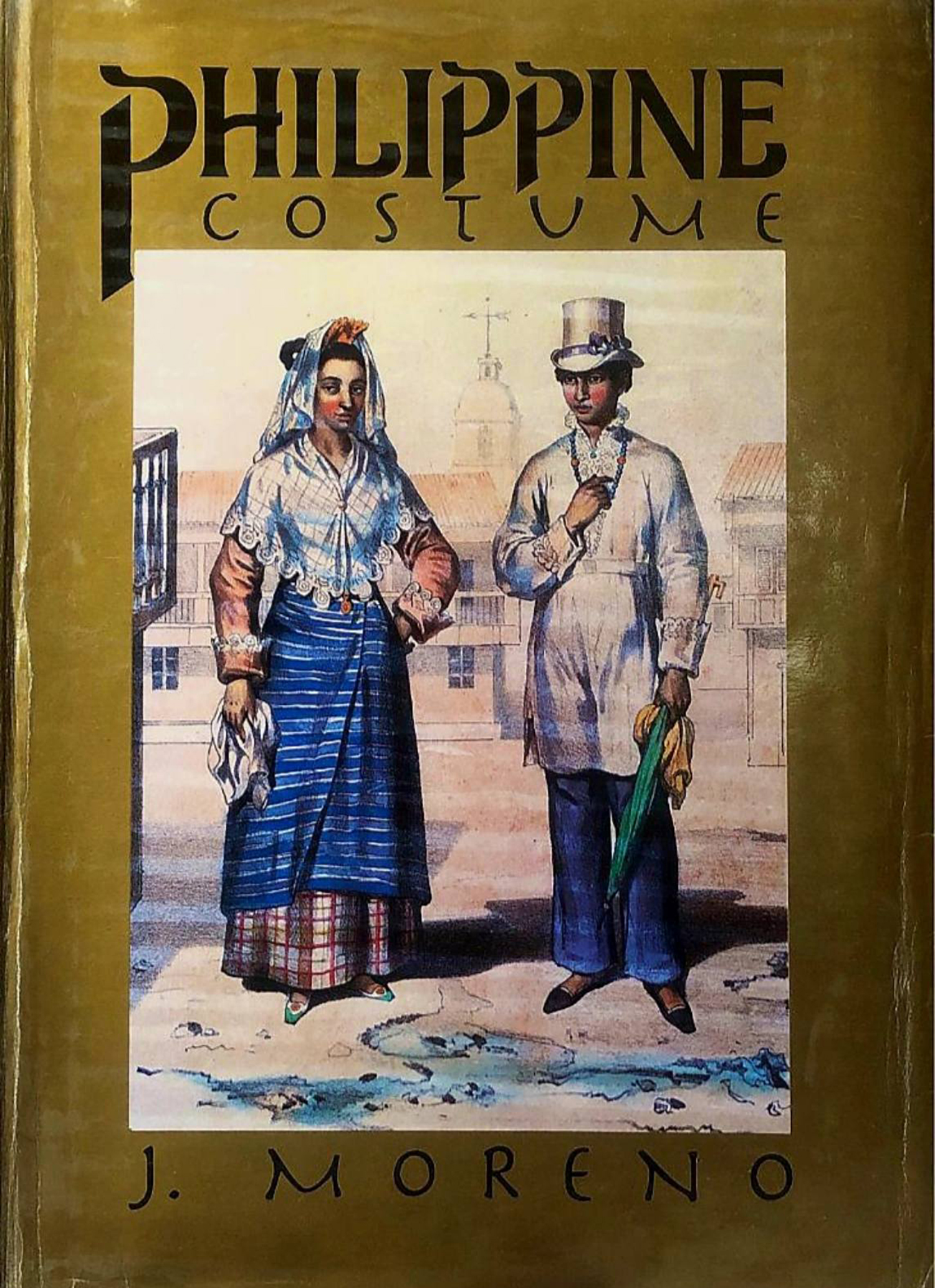
Philippine Costume by Jose Moreno is the designer’s collection of images and heritage expressed in clothing.
Tito Pitoy later invited me to his 80th birthday celebration—a dazzling Manila affair in 2012. During the evening’s festivities, he handed me a printed copy of Philippine Costume and added warmly,
“Thank you, hijo. I’ll call on you for the next one.”
The highlight of his career—and his most unforgettable moment—came during the Metro Magazine Gala fashion show: A Tribute to Pitoy Moreno, Fashion Icon. A collection of evening gowns spanning six decades—many of them unseen and tucked away in his atelier—were revealed that night. When the finale came, Tito Pitoy walked the stage, triumphant and waving to a sea of admirers. Longtime friends from the industry, society’s finest, and fashionistas rose from their seats and gave him a standing ovation.
It wasn’t just to celebrate his craft and ingenuity—it was to honor the man who brought elegance, history, and heart in every stitch.
-
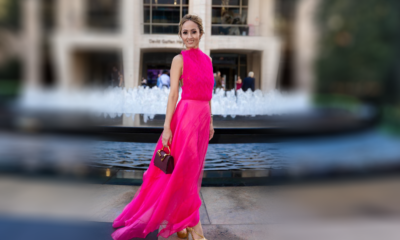
 Style2 months ago
Style2 months agoHappy Melendres Traipsing Around Manhattan in Non-Stop Armani
-

 Arts & Culture3 months ago
Arts & Culture3 months agoKultura. Kapital. Kasalukuyan: Art that Speaks of Today
-
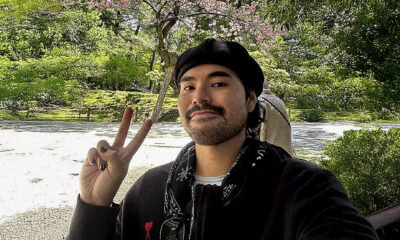
 Prime Target2 months ago
Prime Target2 months agoMiko Sarmiento: Turning Silk Scarves Into Works of Art
-
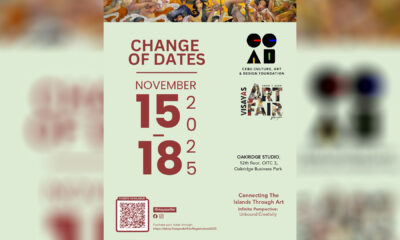
 Arts & Culture1 month ago
Arts & Culture1 month agoVisayas Art Fair Year 5: Infinite Perspectives, Unbound Creativity
-
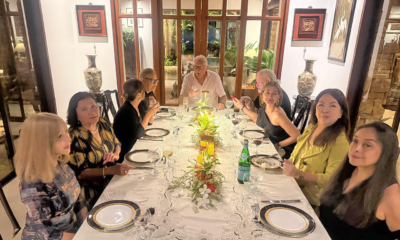
 The Scene3 months ago
The Scene3 months agoAnother Elegant Dinner at Chez Marguerite
-

 Prime Target3 months ago
Prime Target3 months agoLuna Vdl–Endless Summers in Siargao
-
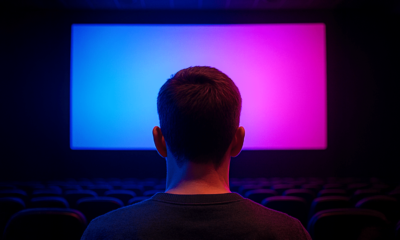
 QuickFx2 months ago
QuickFx2 months agoI Lost It at the Movies: Five of the Most Significant Films of the 1960s
-

 Travel1 month ago
Travel1 month agoAutumn in Istanbul: Fellow Travellers Share Turkish Delights






